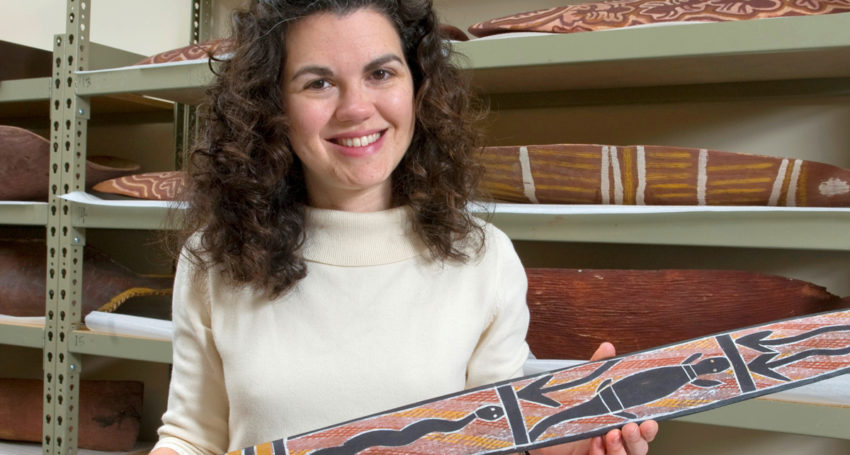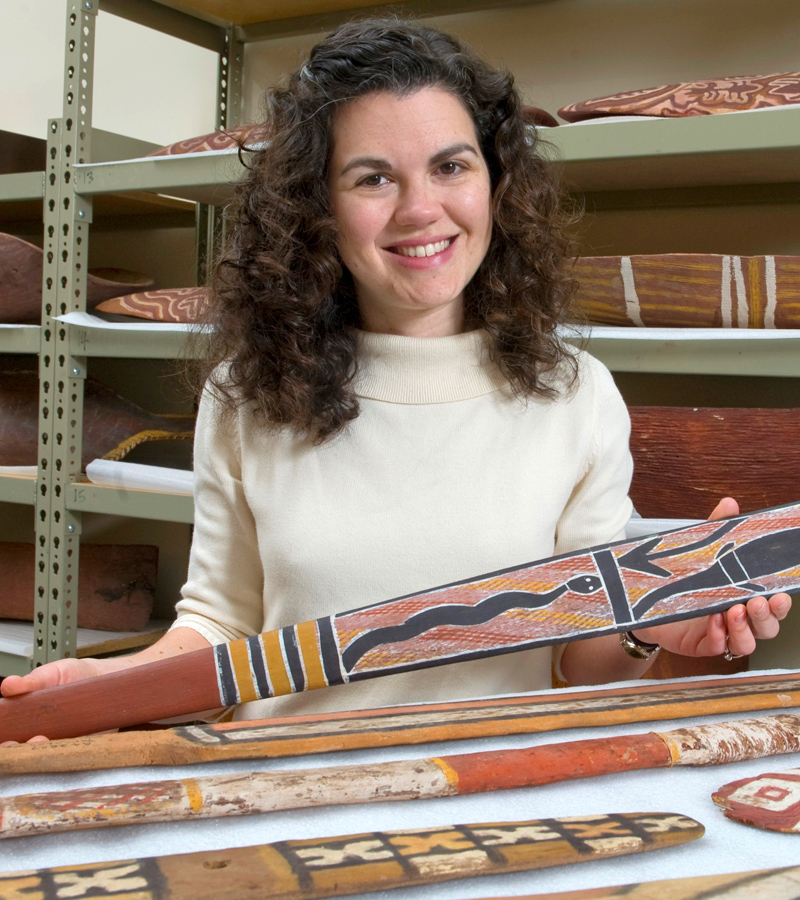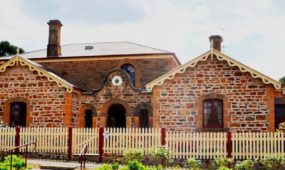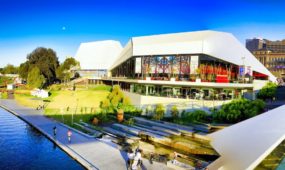DNA profiling traces artefact materials to their source
Arts
DNA profiling techniques have been developed to trace the origin of materials used to make ancient artefacts.

Sign up to receive notifications about new stories in this category.
Thank you for subscribing to story notifications.

DNA profiling techniques have been developed to trace the origin of materials used to make ancient artefacts.
Researchers from Flinders University in South Australia have analysed the microbial DNA in ochre to provide a ‘proof of concept’ to confirm the provenance of Aboriginal Australian cultural items.
The finding could play a crucial role in mapping not only the origin of artefacts from a number of ancient cultures but also early migration and the exchange of materials between groups.
Flinders University College of Science and Engineering Associate Professor Rachel Popelka-Filcoff and her team conducted microbial composition analyses using 16S rRNA sequencing on archaeological ochre samples to determine the geographic origins of Indigenous Australian cultural material.
“This technique has never been used in archaeology, a field which always asked ‘how can the origins of a material or artefact be identified?’,’’ Popelka-Filcoff said.
“This definitely gives us a new archaeological science tool to approach these types of pigments, which are used by indigenous people here in Australia and around the world, as well as potentially being applied to other geological materials that could be found in archaeological contexts such as clays.”
Ochre is an iron oxide pigment naturally occurring in a range of red, brown, orange and yellow colours across Australia, and has featured in Indigenous art for thousands of years.
Aboriginal Australians have been using ochre and other natural mineral pigments to create rock art, body decoration and tool and weapon decoration since the earliest known human occupation of Australia.
Because of its cultural importance, Indigenous people travelled to various sites around the continent to mine ochre and also exchange this valuable material with other groups.
The researchers used DNA profiling to confirm several ochre samples’ original source and to then consider the ancient route the material travelled.

Flinders University College of Science and Engineering Associate Professor Rachel Popelka-Filcoff.
Popelka-Filcoff last year also developed a technique using X-ray technology to analyse Australian ochre artefacts. She said the latest DNA technique would complement the chemical and elemental analysis tool developed last year, particularly at times when chemical samples were not available.
“A lot of the time in these types of studies we’re not dealing with chemistry that we can synthesise in the lab because we’re dealing with permissions and cultural heritage,” Popelka-Filcoff said.
“Often the samples are very complex so we have to work out several different techniques.”
During the ‘proof of concept’ the researchers tested ochre materials from known sources to confirm their technique and build a database.
Popelka-Filcoff said the next step of the research was to build a larger database and begin studying DNA taken from actual artefacts.
“In order to explore this mapping idea you have to start with a very firm foundation in terms of database,” she said.
“It certainly adds to our knowledge in terms of understanding these exchanges and mapping in ways that we haven’t been able to do before.”
The technique, is described in the paper ‘Microbial composition analyses by 16S rRNA sequencing: a proof of concept approach to provenance determination of archaeological ochre’ published in the leading science journal PLOS ONE.
Co-authors in the PLOS ONE paper are Professor Claire Lenehan and Dr Renee Smith, also from Flinders University, and Assistant Professor Shanan Tobe, from Arcadia University, USA.
The South Australian Museum collections and collaborators at the National Museum of Australia supported the research project, along with research funding from the Australian Institute of Nuclear Science and Engineering.
Flinders University is one of three long-standing public universities in South Australia’s capital, Adelaide, along with the University of South Australia, and the University of Adelaide. All three universities are consistently rated highly in the international higher education rankings.
Jump to next article



